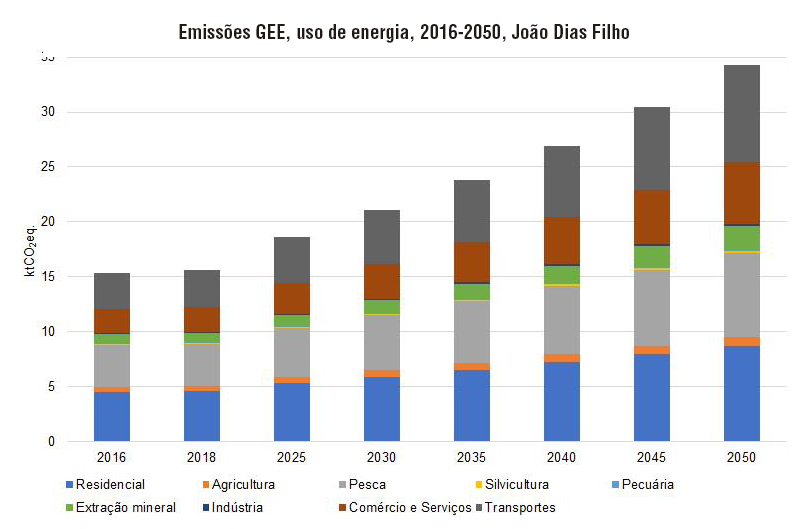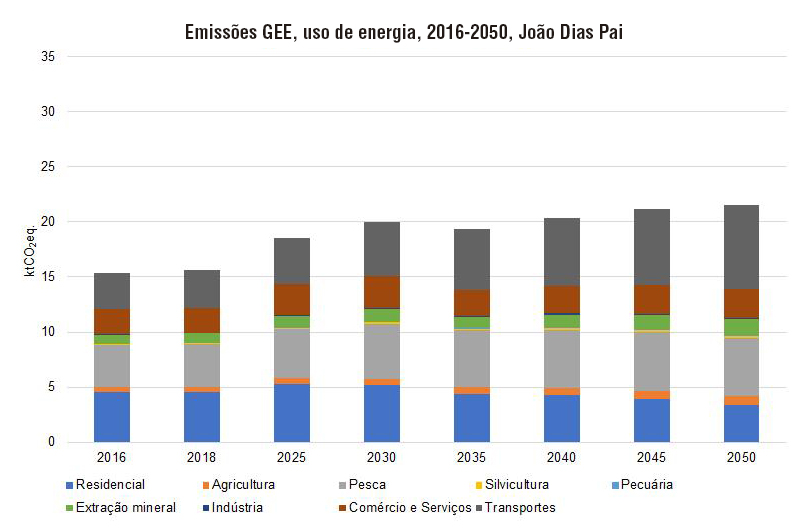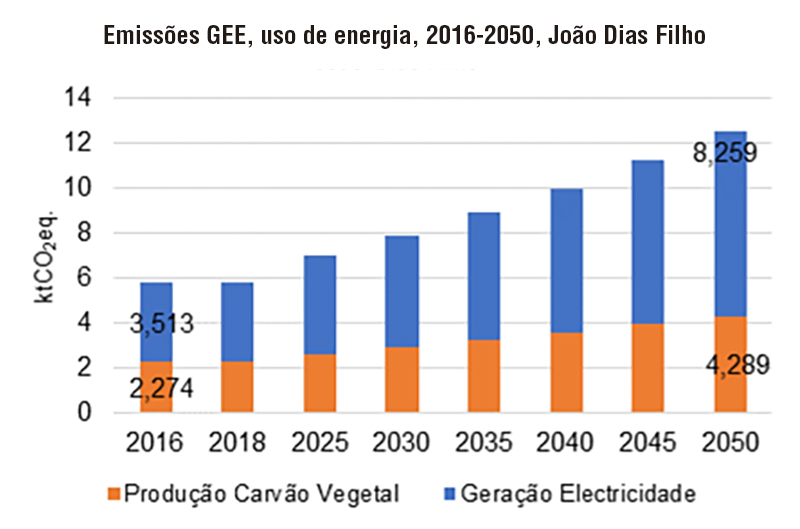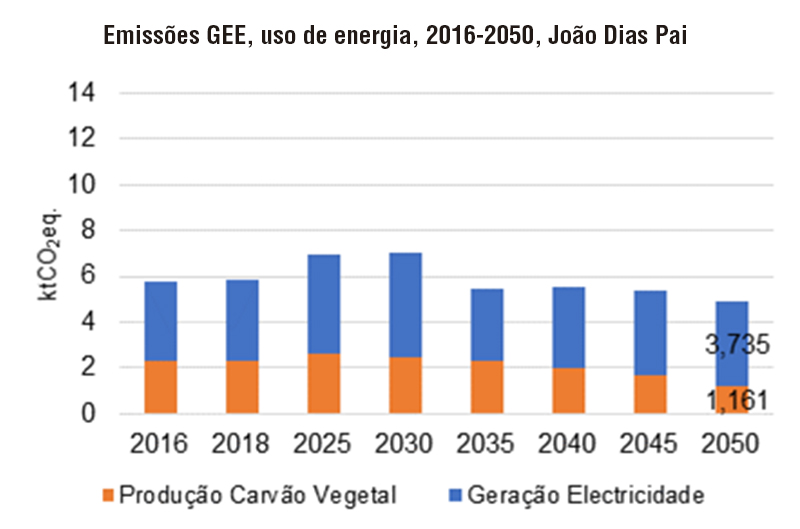Energy

ENERGY FLOW IN RAP IN 2016
The residential sector is ARP ‘s largest consumer of final energy, with 42% of energy consumption, followed by the fishing sector with 25% of the energy consumed due to the high use of gasoline. The following is the transport and trade and services sector with 17% and 12% of the energy consumed, respectively. The remaining sectors have a much lower percentage of energy consumption.


GHG Emissions, Energy Use, João Dias Pai- João Dias Filho
Energy use emissions aggregate direct emissions (emission point) and indirect emissions (electricity production and charcoal production) duly allocated to the demand.
João Dias Filho: The major blocks are residential (30%), transport (21%), fishing (25%) and trade and services (14%). The sectoral structure of emissions remains similar over time.
João Dias Pai: In sectors with significant emissions, the implementation of mitigation measures generates significant reductions in the residential sector, fisheries and transport, with a decrease of 61%, 30% and 13% respectively, compared to the João Dias Filho scenario.


GHG Emissions, Energy Transformation , João Dias Pai- João Dias Filho
GHG emissions from energy transformation relate to the activities transforming energy for final use and further distribution. In ARP, the activities encompassed in this field are the production and distribution of electricity and the production of charcoal, with charcoal being a widely used energy source.
The introduction of mitigation measures in the João Dias Pai scenario results in a 61% reduction in GHG emissions, in 2050, compared to the João Dias Filho scenario.


